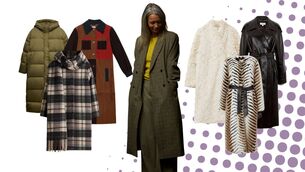Irishman Jonathan Anderson wows Paris with his Loewe show
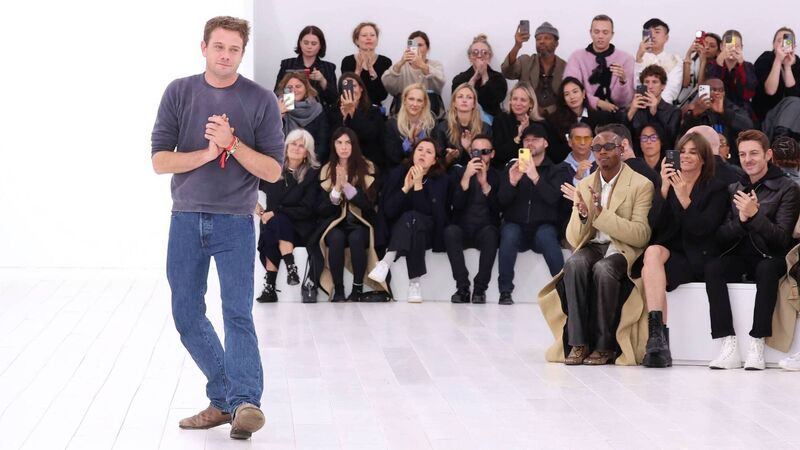
Irish designer Jonathan Anderson is applauded on his stripped-back all-white runway during his Loewe Womenswear Spring-Summer 2025 show at Paris Fashion Week. Picture: Pascal Le Segretain/Getty
The spring/summer 2025 womenswear collections at Paris Fashion Week will conclude on Tuesday evening, but designer Jonathan Anderson has already had the last word at his Loewe show.
The Irish designer teamed up with the 178-year-old Spanish fashion and leather goods brand, with a show staged in the courtyard of the Château de Vincennes, a 12th-century fortress in the east of Paris, where guests included Daniel Craig, Meg Ryan, and Jeff Goldblum.
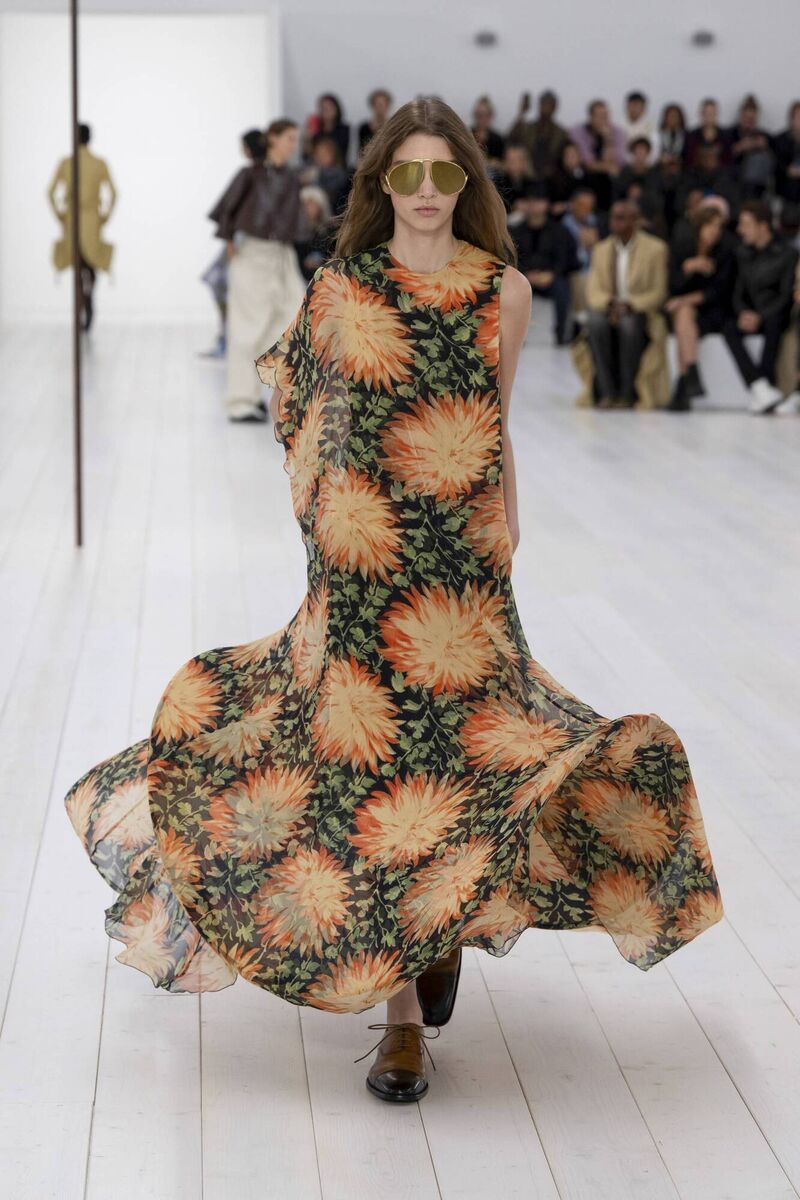
“There is no point showing clothing for clothing’s sake,” he said in the backstage scrum after the show.
With that in mind, he continued to challenge the parameters of shape, silhouette, and fabrication in a lesson he called “radical reduction”.
He stripped back theatrics to an anonymous white show space, where he kickstarted proceedings with a troika of undulating silk chiffon dresses, patterned with floral imagery, and structured with crinolines.

They were followed by sequences of slouchy suiting and “crudely cropped” trapeze-shaped mini-dresses made from cross-stitched wool, embedded with sequins.
He considered the iconography of famous artists, the contrast between their strokes of genius and the ubiquity of their work, which creates a paradigm between high and low culture.

He riffed on museum merchandise t-shirts, printing the faces of composers Johann Sebastian Bach, Frédéric Chopin, and Wolfgang Amadeus Mozart, and artworks by Edouard Manet and Vincent van Gogh, on lacquered feathers.
Every day on his journey to the Loewe studio in Paris, Anderson sees countless market vendors sell prints of paintings such as Van Gogh’s ‘Irises’ as souvenirs. On the runway, he played into the idea of reproducing famous art but spun it with Loewe’s history of craftsmanship.
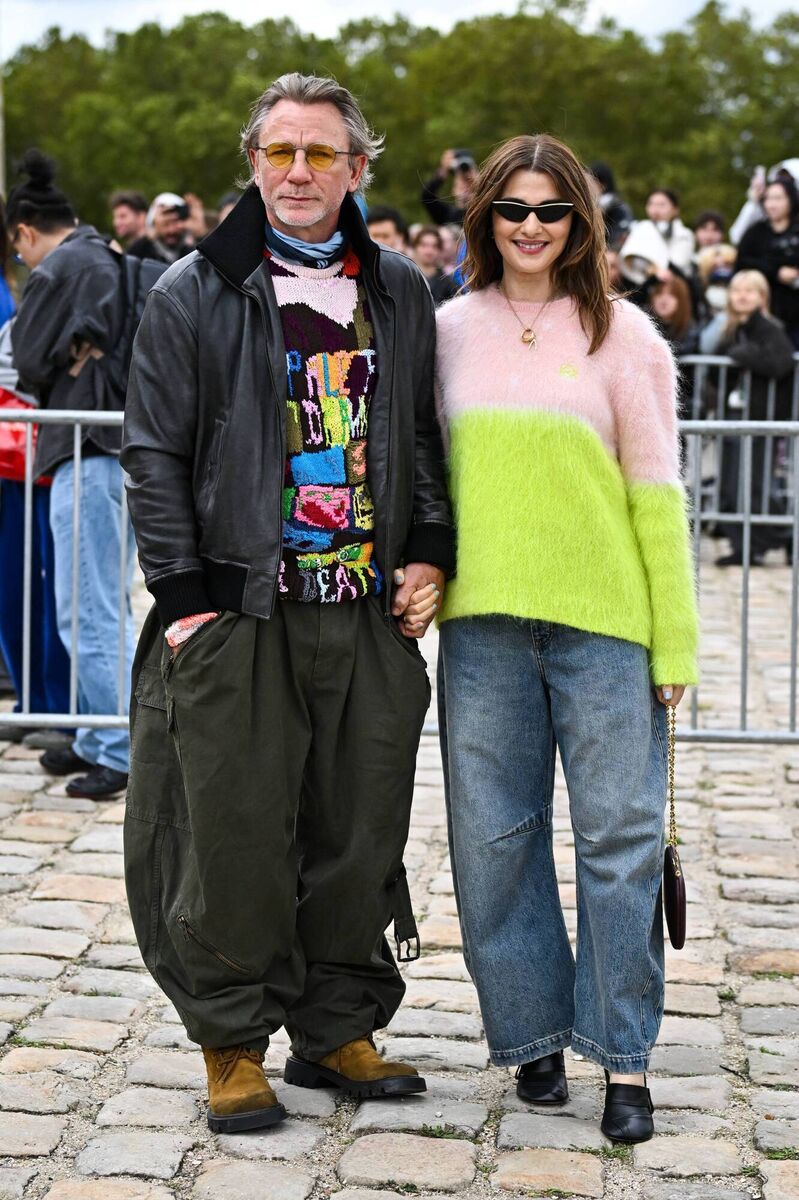
While ideas are conceptual, they never feel experimental: They are as deliberate as Anderson himself, who concisely and decisively controls the fashion conversation and influences so many around him.
Once a sleepy, undefined brand, Loewe is looked to as an oracle for the future of fashion.
Some shapes, such as crinoline skirts, might not convince the masses, but others, elongated shapes, slouchy tailoring, and trapeze hemlines, might compel others to think differently about how they dress.
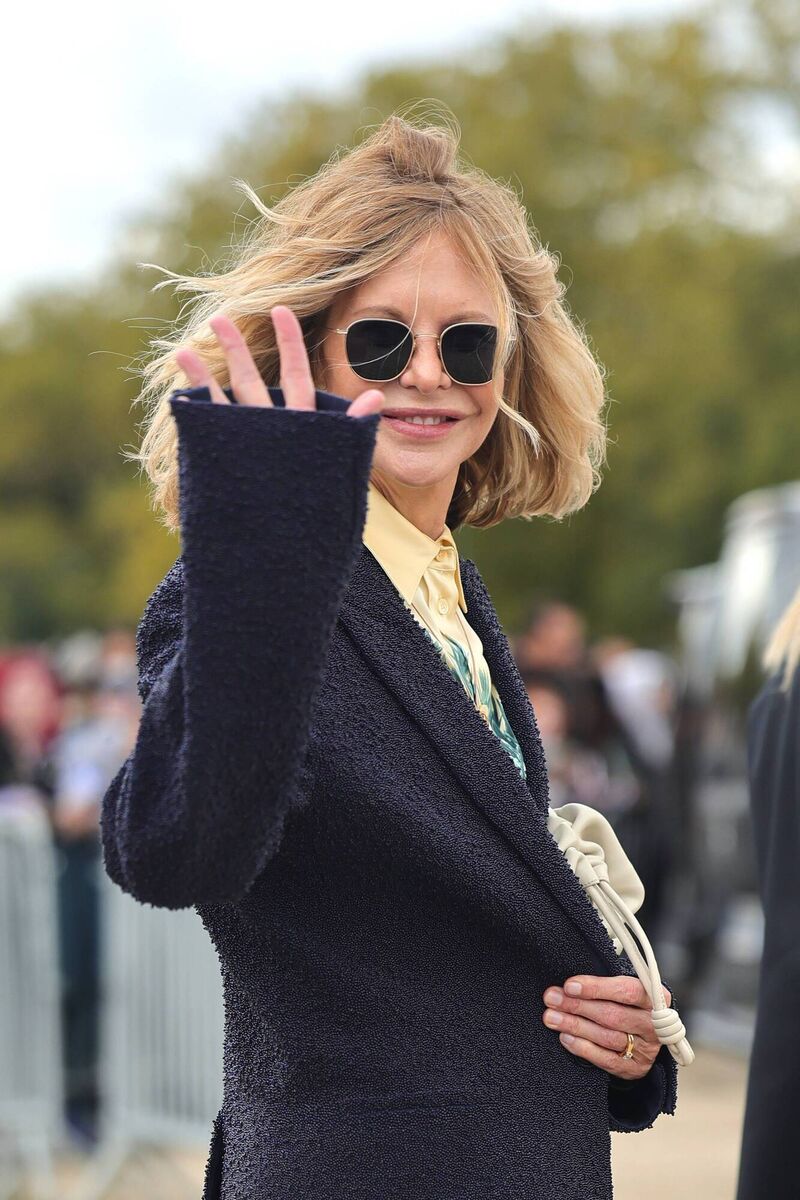
Anderson has cultivated a reputation in the fashion world akin to grand masters of art and music from Manet to Mozart.
Anderson’s work makes it possible to believe that new silhouettes can be captivating, lofty ideas about the philosophy of clothing can be transformed into compulsively watchable fashion shows, and that these can generate massive revenues.
While Anderson received carte blanche to reimagine Loewe, Dublin native Seán McGirr faces a much more challenging task as the creative director of Alexander McQueen.
Following in the footsteps of the eponymous founder and enfant terrible of fashion, who died in 2010, and his successor — McQueen’s right-hand woman, Sarah Burton, whose vision of fierce femininity shaped the house until 2023 — McGirr is responsible for an enormous legacy entangled with fashion history at a time when commerce often supersedes creativity.
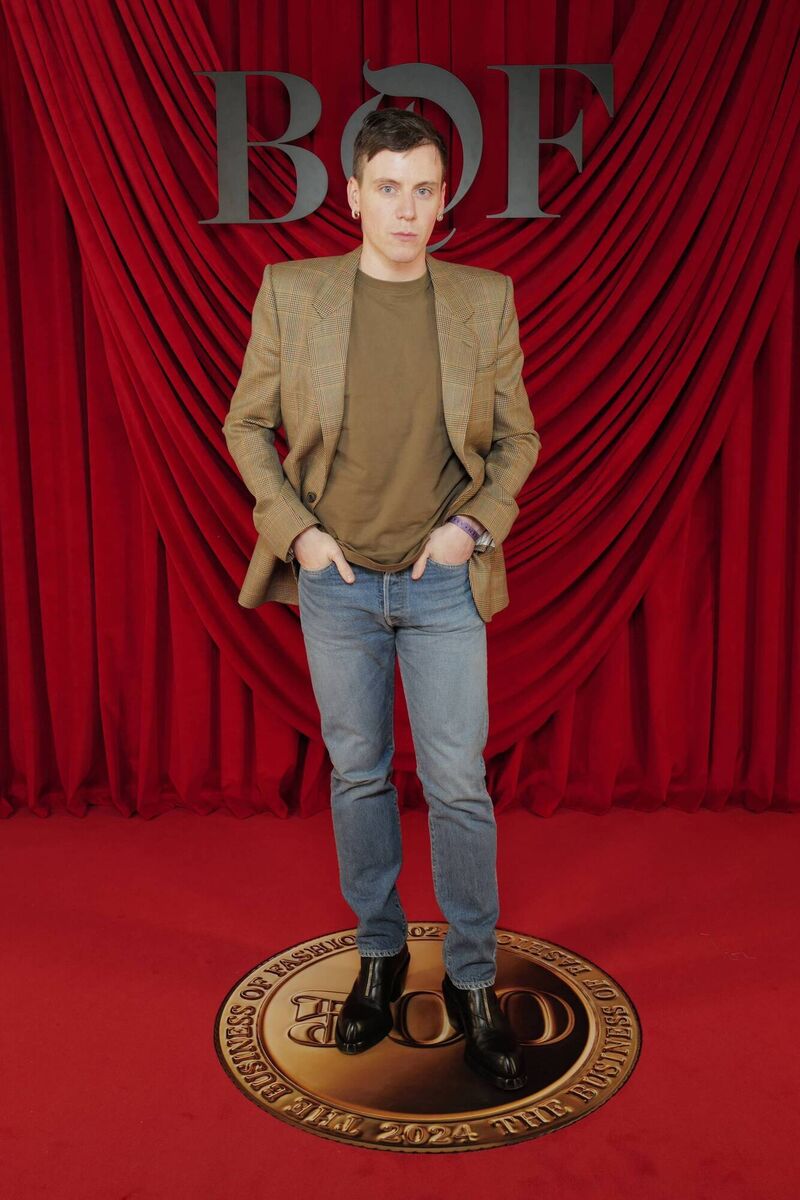
On Saturday night, McGirr delivered his sophomore show at the École Nationale Supérieure des Beaux-Arts.
In contrast to his debut, McGirr’s second outing felt like a more thorough examination of house codes.
He started by looking at sketches by the eponymous designer from his scandalising autumn/winter 1994 collection, ‘Banshee’, which infamously included a heavily pregnant model walking down the runway to a soundtrack of screaming.

It also featured the unforgettable low-rise trousers exposing a sliver of skin at the buttocks, the ‘bumsters’.
“The banshee is rooted in the history of McQueen but it’s also a story that I grew up with, so feels deeply personal to me,” McGirr said, referring to his Irish background and tales from his childhood.

“For me, she has come to represent something real and potent now. The idea of someone who is feeling and forthright.”
McGirr mused on McQueen’s penchant for evening wear, most beautifully represented in a frayed and distressed combed silk organza gown embroidered with metal sequins, silver bullion, and 3-D gold metal detailing to evoke an image of the banshee.

More confident than at his debut, McGirr dutifully played into the juxtaposition of romance and delicacy with the toughness and grit that underscores the McQueen brand.
He could eventually be proof that legacy is not built overnight, but over time.







